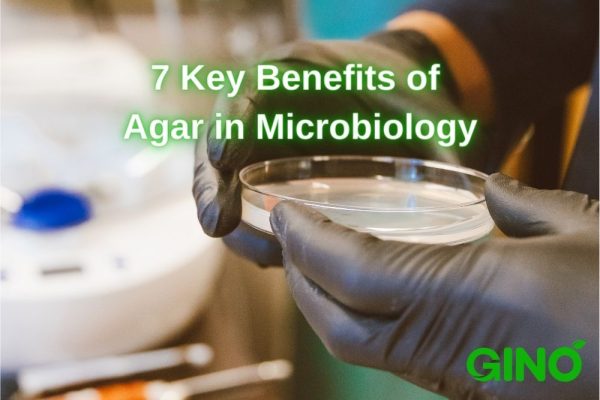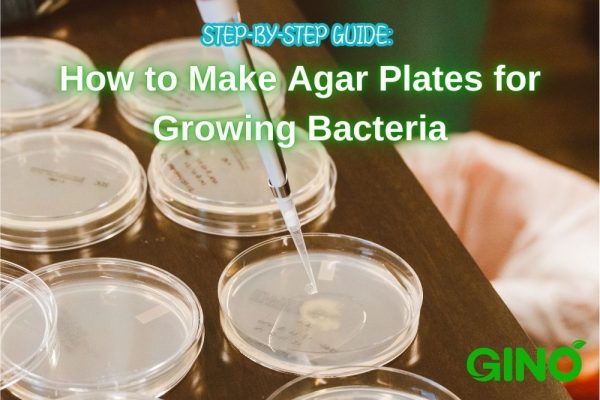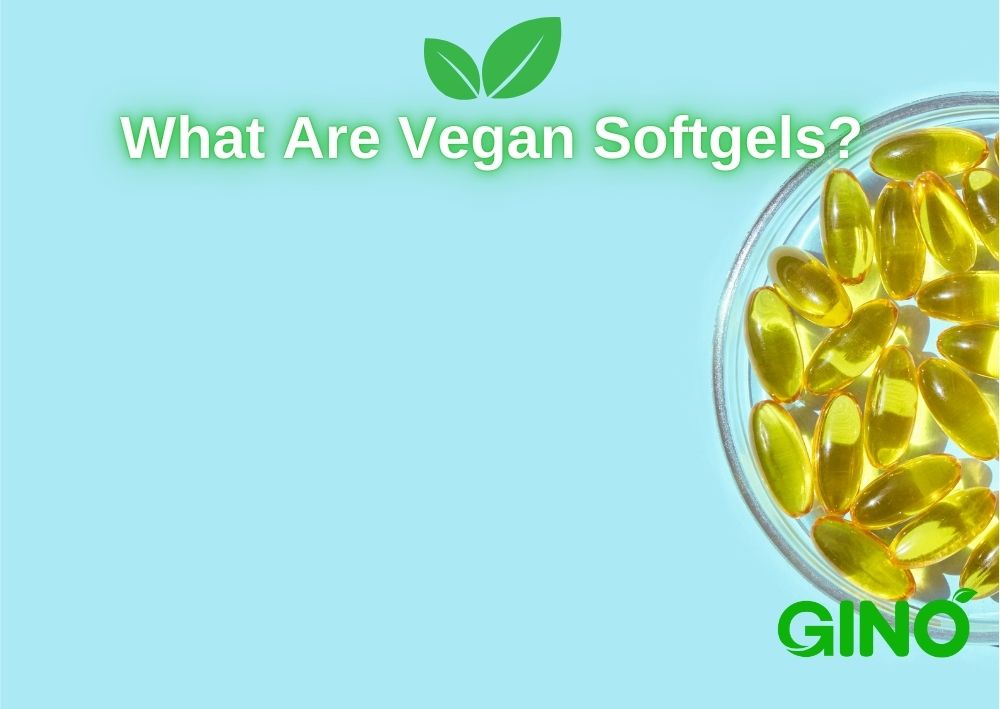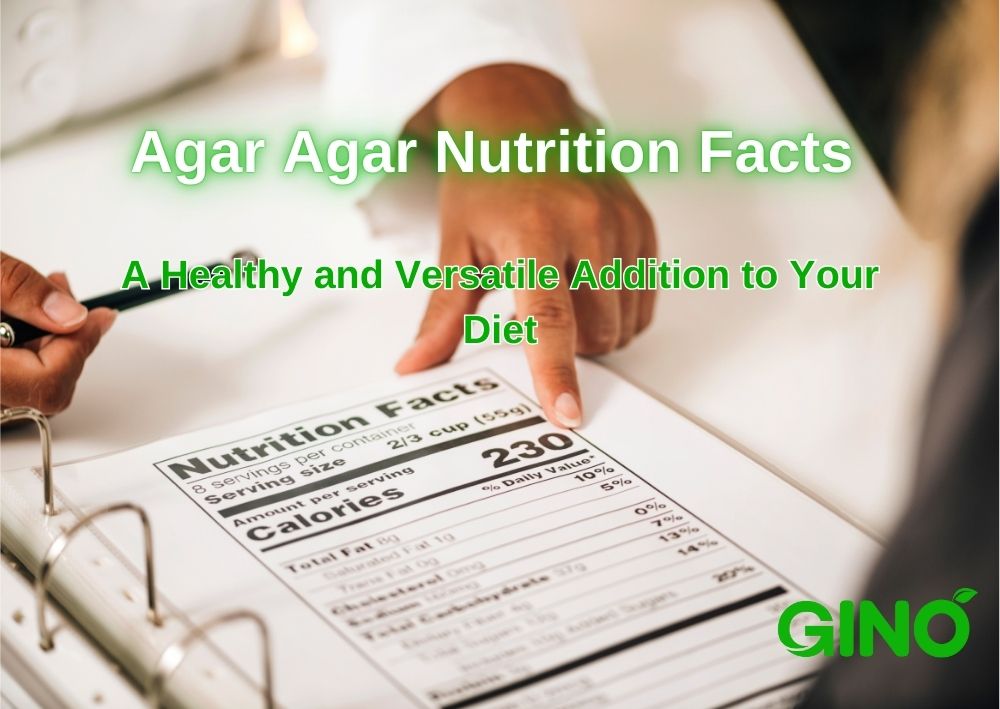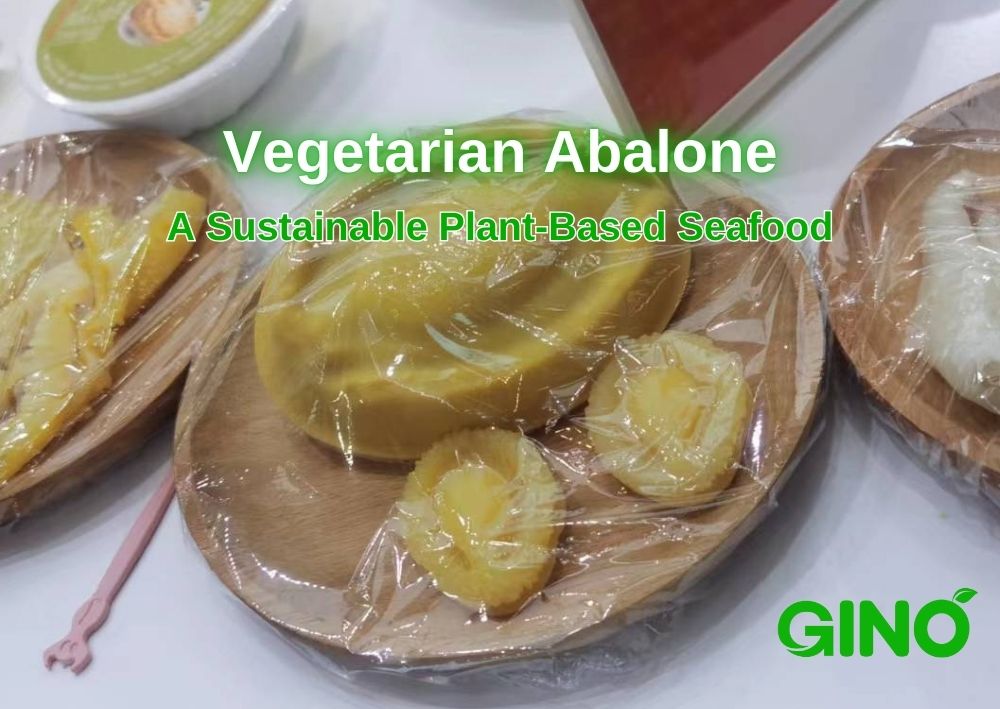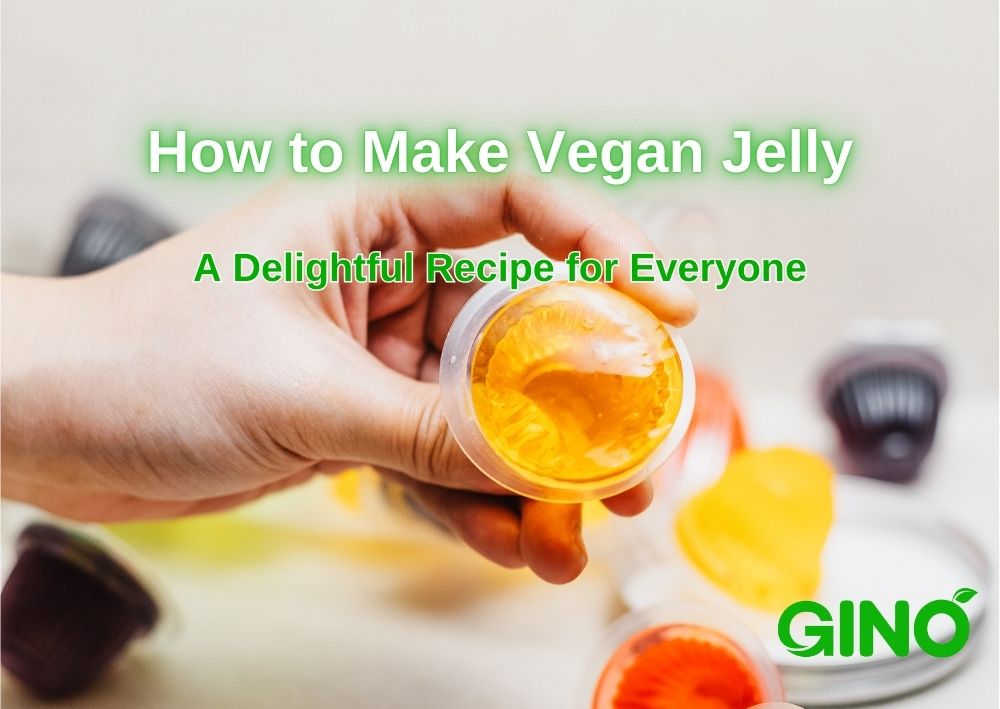Nutrient Agar vs Agar: Key Differences, Uses, and Why It Matters
Nutrient Agar vs Agar
Facebook
트위터
LinkedIn
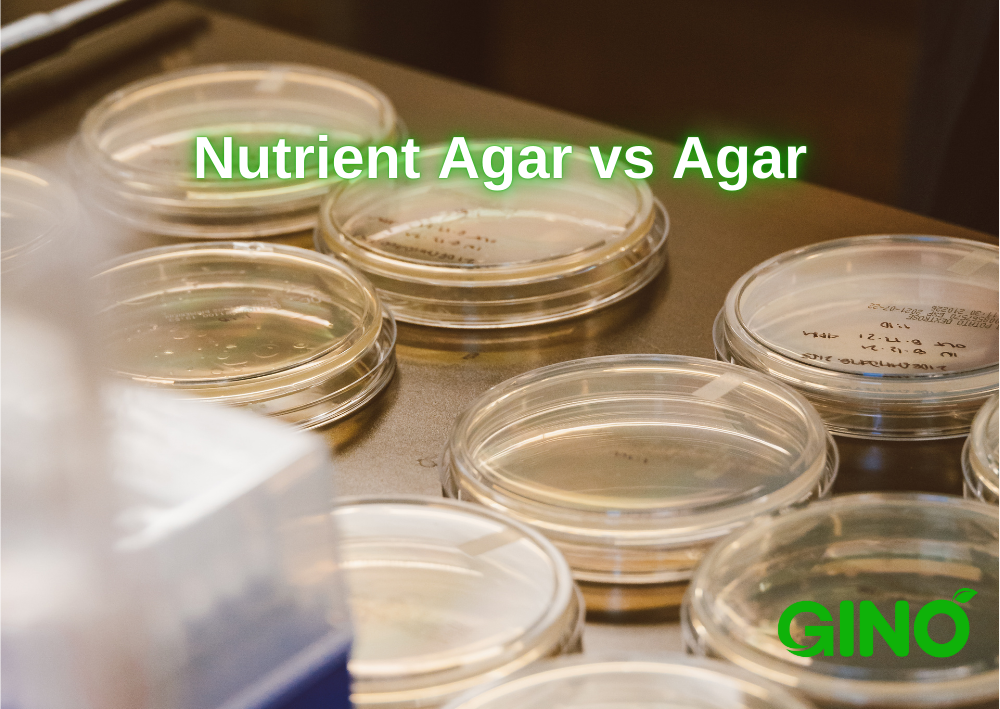
1. Are Nutrient Agar and Agar the Same? A Comparison of Nutrient Agar vs Agar
Although Nutrient Agar vs Agar is a common topic in microbiology, it’s important to understand that these two are not the same.
Agar is a natural polysaccharide derived from red algae, often used as a gelling agent in food, cosmetics, and industrial applications.
In contrast, Nutrient Agar is a specialized culture medium that combines 한천 with essential nutrients such as peptone and beef extract to promote microbial growth in laboratories.
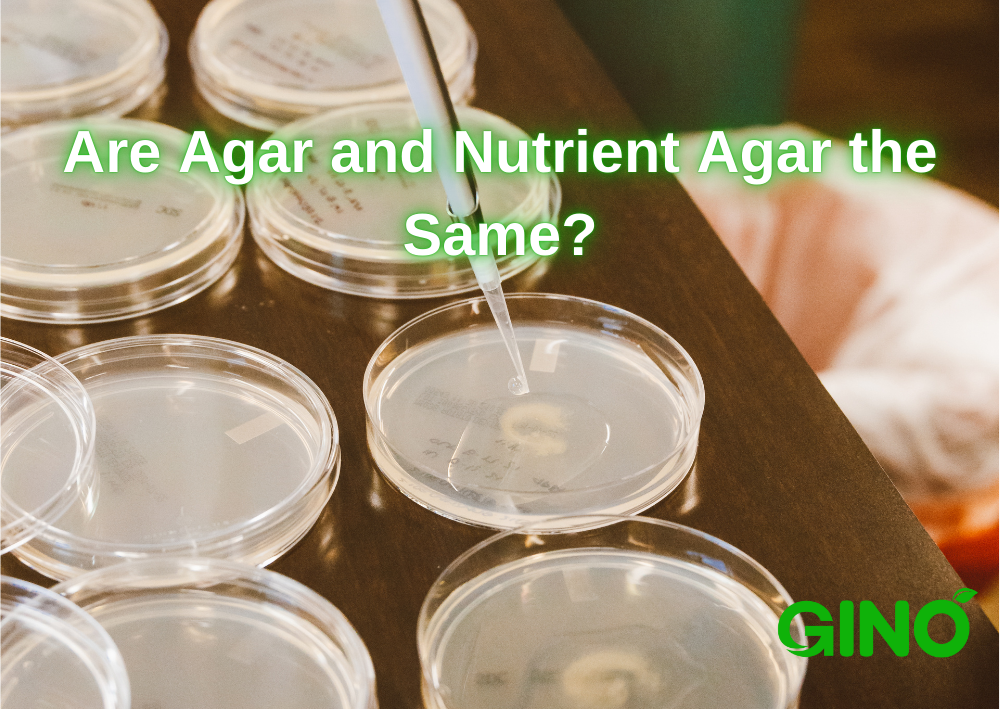
2. What Is Agar?
Agar serves as a neutral, gelling agent used in food and microbiological applications. It is typically used as a base for culture media like Nutrient Agar, providing the solidifying structure but offering no nutritional value on its own. This makes 한천 an ideal medium when combined with other nutrients to support bacterial growth.
Common Uses of Agar:
- Food Industry: Agar is used in desserts, jellies, candies, and beverages to provide texture.
- Microbiology: Agar is the solidifying agent in Nutrient Agar, used to grow bacterial cultures in petri dishes.
- Cosmetics and Pharmaceuticals: Agar stabilizes and thickens lotions, creams, and gels.
3. What Is Nutrient Agar?
Nutrient Agar is a complete culture medium used in microbiology to support the growth of non-fastidious bacteria. Unlike plain 한천, Nutrient Agar contains added nutrients like peptone, beef extract, and sodium chloride, creating an environment conducive to bacterial cultivation. These additional components provide the necessary organic material for microbes to grow.
Nutrient Agar Composition:
- Peptone (5g/L): Supplies amino acids and nitrogen.
- Beef Extract (3g/L): Provides vitamins, carbohydrates, and other essential nutrients.
- Agar (15g/L): Solidifies the medium for bacterial growth.
- Sodium Chloride (5g/L): Ensures osmotic balance for microbial cultures.
Nutrient Agar vs Agar:
While agar is a gelling agent, Nutrient Agar is a more complex medium that combines agar with essential nutrients for microbial growth.
4. How to Make Nutrient Agar
Making Nutrient Agar is a simple process, but it requires combining 한천 with other ingredients. Here's a basic guide:
- Weigh the Ingredients: Dissolve 28g of Nutrient Agar powder (which contains 한천 as its base) in 1 liter of distilled water.
- Heat and Stir: Stir the solution while heating it until the 한천 dissolves completely.
- Sterilize the Medium: Autoclave at 121°C for 15 minutes to sterilize the solution.
- Cool and Pour: Allow the solution to cool to 45-50°C before pouring it into sterile petri dishes.
By learning how to make Nutrient Agar with 한천, you can quickly and easily prepare the medium for a variety of laboratory and educational applications.
5. Key Differences Between Nutrient Agar and Agar
Understanding the distinctions between Nutrient Agar vs Agar is essential for selecting the right product for your needs. Here's a quick comparison:
Feature | Agar | Nutrient Agar |
Composition | Pure polysaccharide from algae. | Agar + peptone, beef extract, salts. |
Function | Solidifying agent, no nutrients. | Nutrient-rich medium for microbial growth. |
Uses | Food, cosmetics, and culture media base. | Bacterial culture in labs. |
Preparation | Requires additional nutrients for microbiological use. | Ready-made nutrient mixture with agar. |
Cost | Typically lower due to simple composition. | Higher price due to added nutrients. |
6. Nutrient Agar Uses
Nutrient Agar is indispensable in microbiology for cultivating bacteria in various environments. Its transparency allows researchers to observe colony morphology, making it a preferred medium for:
- Research and Development: Used in laboratories to study bacteria.
- Education: Common in microbiology classes to teach culture techniques.
- Clinical Applications: Supports diagnostics and microbial identification.
For convenient use, Nutrient Agar is available as powder, which makes preparation fast and efficient. The price of Nutrient Agar depends on the quality and quantity needed, with bulk options offering cost savings for larger institutions.
7. Conclusion
When comparing Nutrient Agar vs Agar, the choice boils down to your purpose. Agar alone is ideal as a gelling agent for food or industrial use, while Nutrient Agar is a complete solution for cultivating microorganisms. By understanding their differences, you can select the right product for your application, whether you’re working in a laboratory, classroom, or production facility.
Need a reliable source for 한천, the key ingredient in Nutrient Agar? We provide high-quality agar ideal for microbiological and food applications. Contact us today to discuss your requirements and explore our competitive pricing and flexible packaging options!
팀에 문의최근 게시물
채식 소프트젤이란 무엇인가요? 식물성 캡슐에 대한 초보자 가이드
2025-03-08
한천 영양 성분: 식단에 건강하고 다양하게 추가할 수 있는 한천
2025-01-18
식음료 트렌드 2025 | 입맛의 미래
2025-01-11
비건 젤리 만드는 방법: 모두를 위한 즐거운 레시피
2025-01-05
지노 바이오테크 소개

당사는 혁신적이고 기술적인 식품 첨가물 하이드로콜로이드의 연구, 개발 및 상용화를 전문으로 하는 생명공학 기업입니다. 한천 한천, 카라기난, 그리고 맞춤형 안정화 솔루션.
하이드로콜로이드의 연구, 적용 및 사용에 대한 광범위한 노하우와 경험을 바탕으로 원스톱 서비스를 제공할 수 있습니다. 맞춤형 솔루션 고객의 요구사항에 완벽하게 부합합니다.
우리의 제품 육류, 유제품, 베이커리, 제과 및 기타 산업 부문의 요구 사항을 충족합니다.


